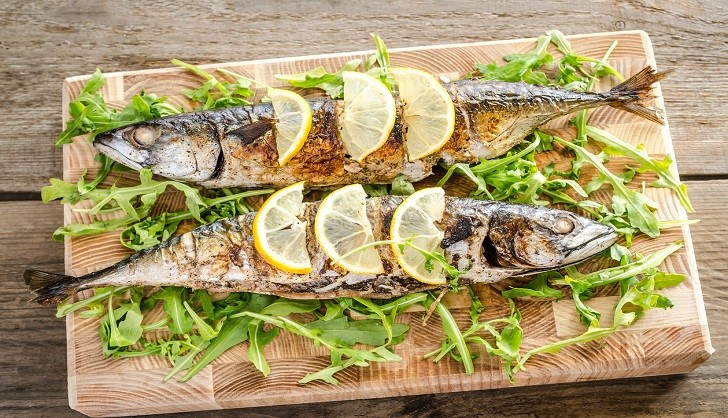Baking Whole Fish

Are you sometimes a bit quick to go for the fillet, rather than the whole fish? In fast-paced, demanding kitchens, it’s the safer, easier option, especially when it comes to inventory and portion control. But cooking whole fish is starting to become a bit of a niche menu item. And that is a great shame.
Cooking on the bone is almost always the stronger choice in terms of flavour and succulence. You also give the diner something to recognise and take in. Few meals are more romantic than sharing a whole baked fish. There’s also something a bit primeval about it, but without any nasty bits. With Dover sole, lemon sole, plaice and turbot, you also have the opportunity for tableside theatre, the waiter filleting and turning the fish in front of the customer.
But what other fish are deserving of whole cookery? John Dory is the classic choice, but lets also look at bream and bass. You’re going to do well to give the whole-baked treatment to any fatty, oily fish, so smaller salmons, which can serve groups of four to six, can give you some pretty incredible results. Mackerel doesn’t really get it’s due here, even though this fish is one of the easiest to bake whole. A platter of these guys, simply seasoned, and drizzled with a little extra virgin olive oil is a thing of pure beauty.
But what about technique? There are more ways to go with this whole-baking lark than the old tin foil envelope. In China, you see a wide range of fish going into ovens slicked with oil, dried chillies, boiled peanuts and celery. This combination has a certain magic and only works if the holy trinity of peanut, celery and chilli are present. In whole baking, it’s worth bearing in mind the use of dried chillies too, as these fare much better than fresh.
Down in the Mediterranean we see a lot of salt baked fish, most often white fish like ling, coley, cod and haddock. But salmon also takes this method pretty darn well too, not to mention trout. The salt begins to semi-cure the flesh of the fish, but is stopped by the crust that forms as baking occurs. The result is a unique texture that’s almost impossible to beat. You’ll need a hefty old bag of Maldon mind.
Whole cooked fish isn’t always a two person affair though. Gurnard is a great one-man dish and the juices that come from roasting it whole, with wine, thyme and some butter is the sort of thing crusty bread was invented for. And that’s before we even begin to look at the sustainability values of this red little guy too.
So next time you sit down to some menu planning, give a little thought to some whole-fish dishes. You might find it has a positive affect on the old wine list too…




